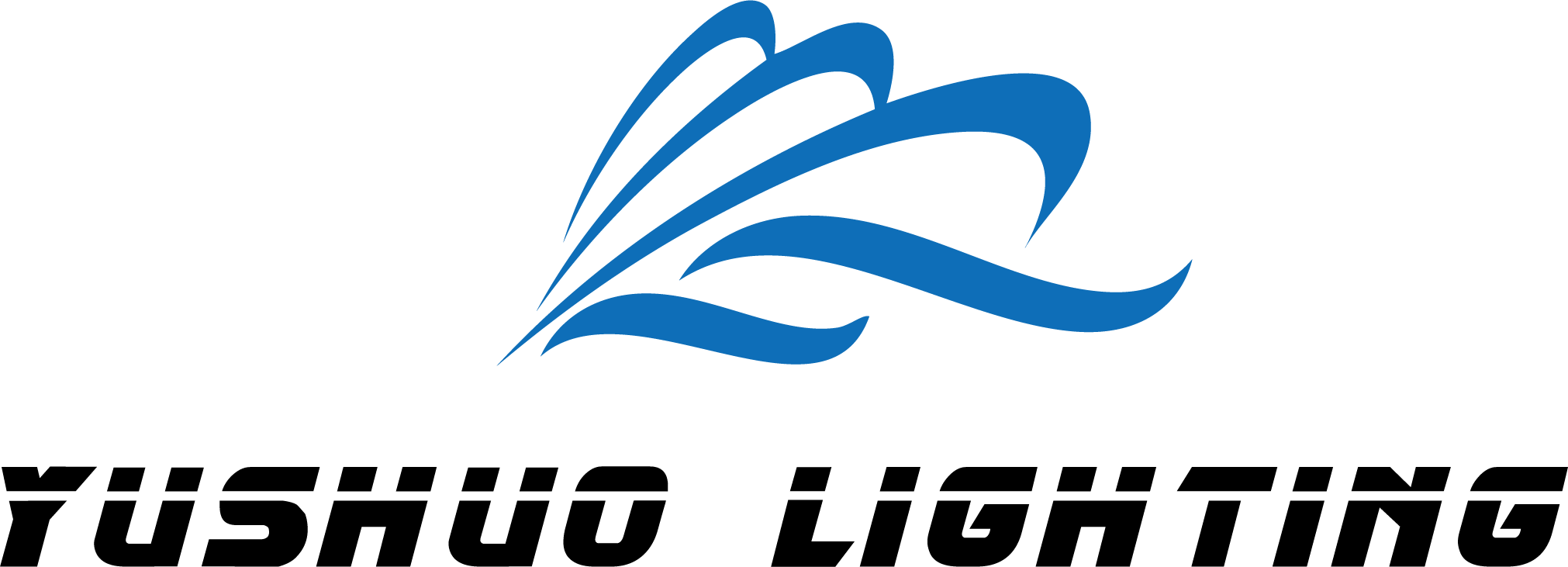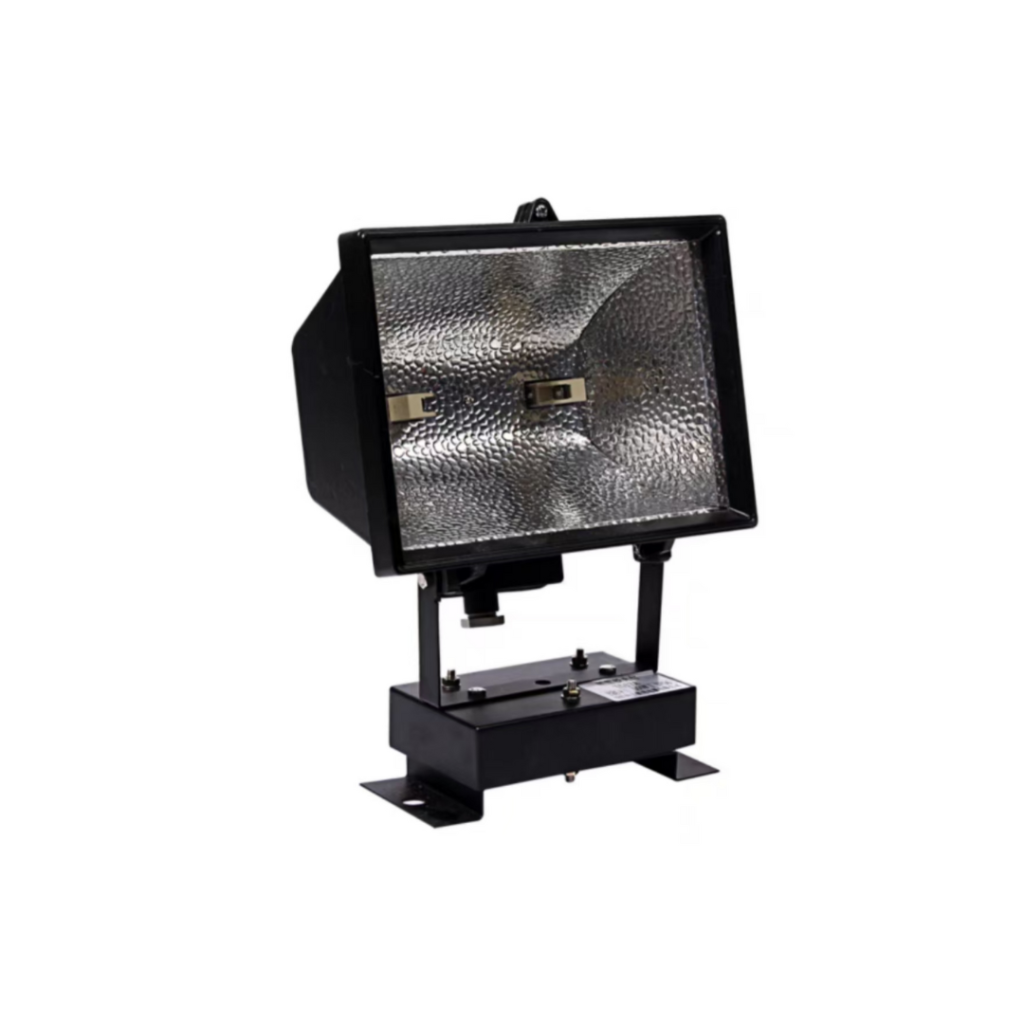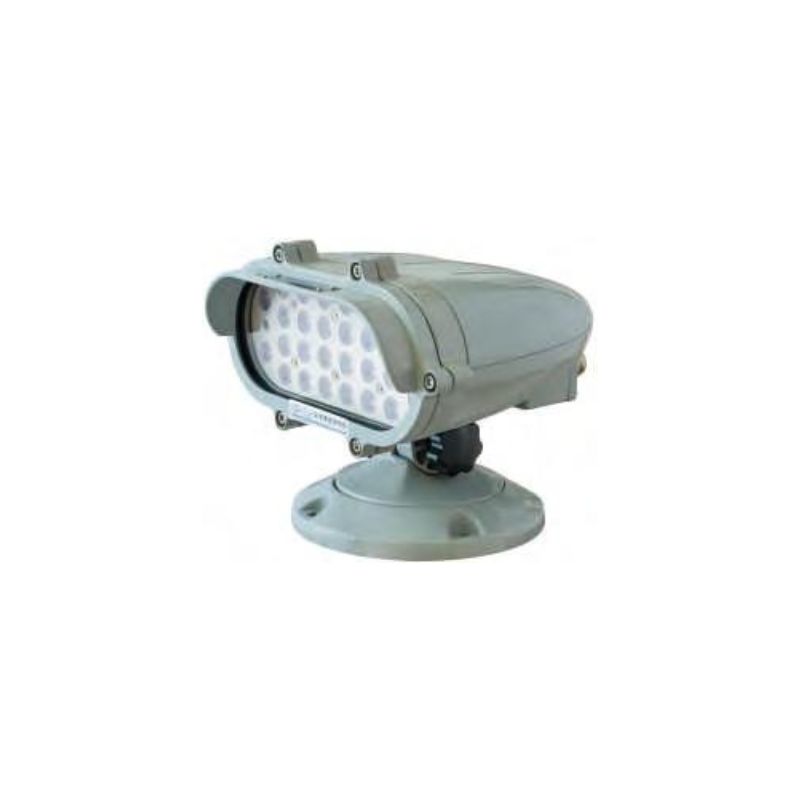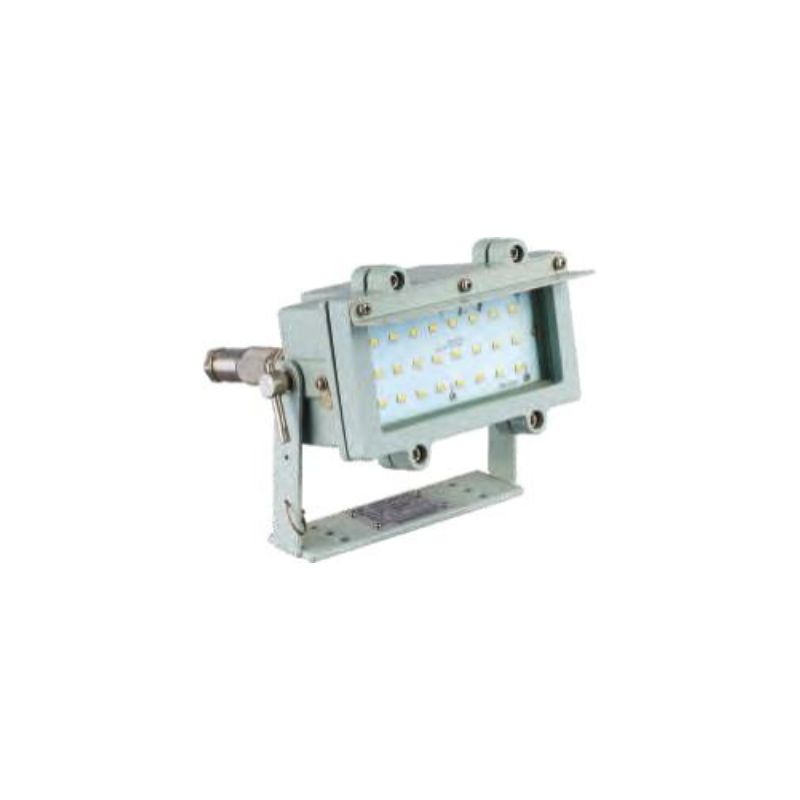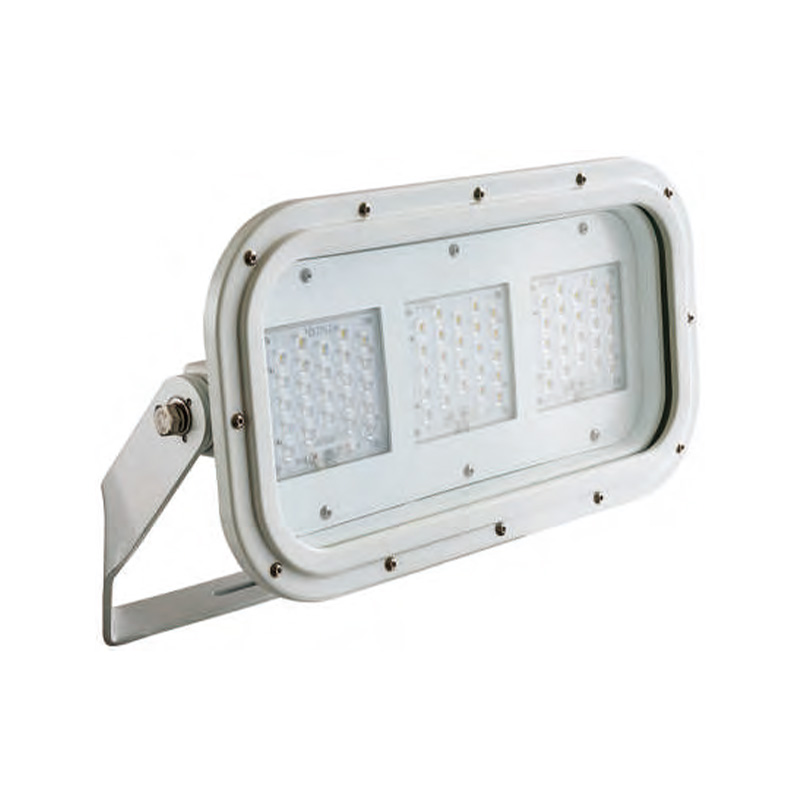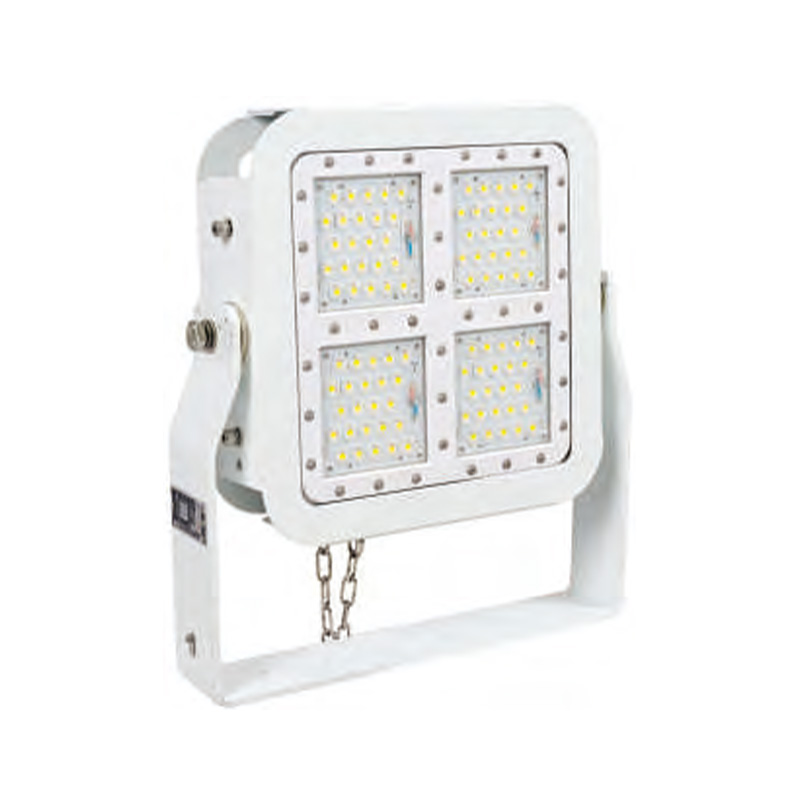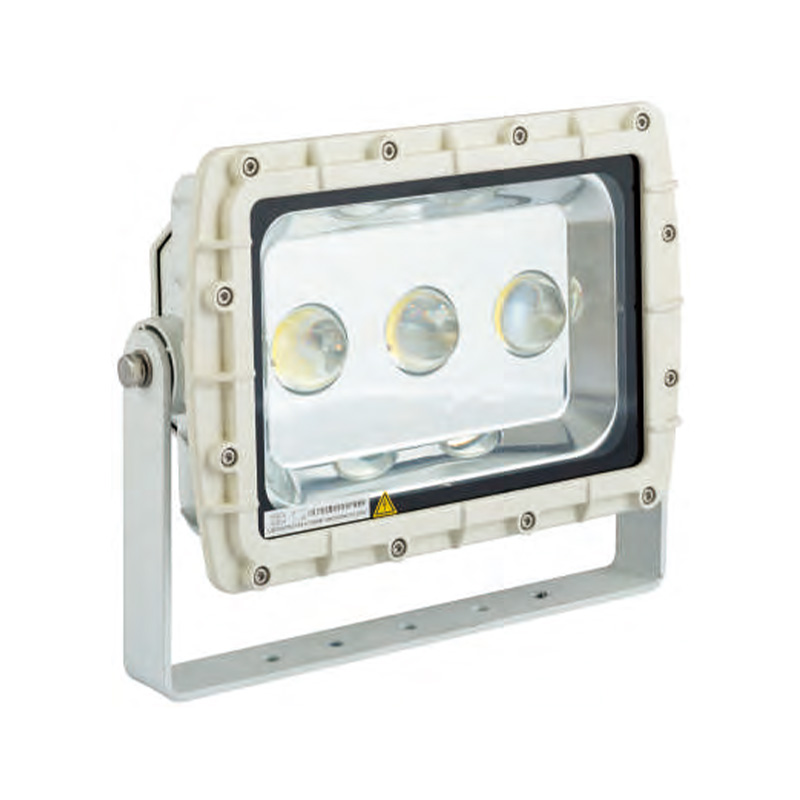What is the Difference Between Marine Spotlights and Marine Floodlights
Knowing the difference between marine spotlights and marine floodlights is important for safety, efficiency, and performance. Both types of lights serve essential functions in marine applications, but they serve very different purposes.
In practical application, it boils down to floodlight vs spotlight—two types of lights whose beam emission, application, and mounting requirements differ drastically.
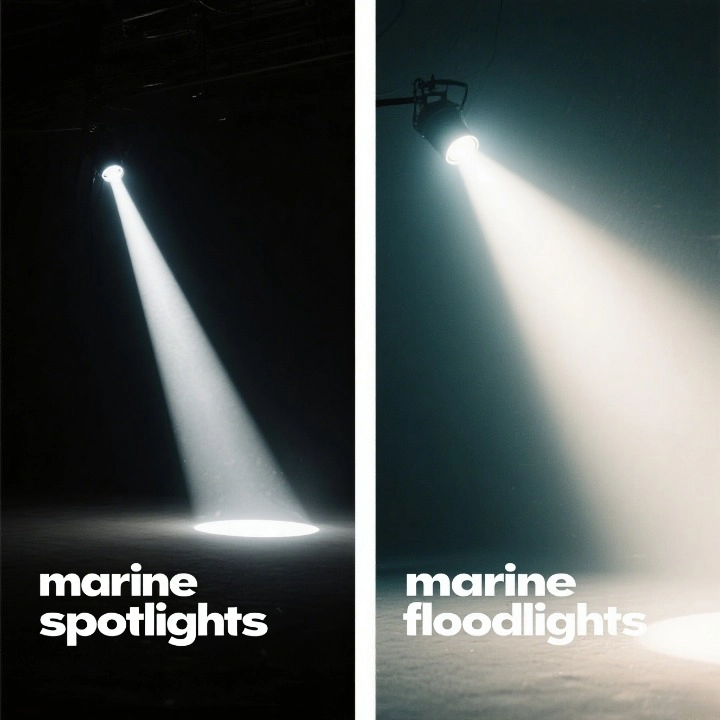
Table of Contents
UnDifferences Between Beam Patterns
When choosing between marine spotlights and marine floodlights, understanding beam patterns is essential. Light distribution is either long range or wide area, and marine lights’ beam is purpose driven. Each kind of marine light is designed with a specific beam in mind, and its function onboard the vessel.
Beam Angle Characteristics of Marine Spotlights
Marine spotlights are designed to produce a narrow and intense beam, typically between 5° to 15° in angle. This focused light is capable of traveling long distances, sometimes up to several hundred meters, depending on the power and lens design.
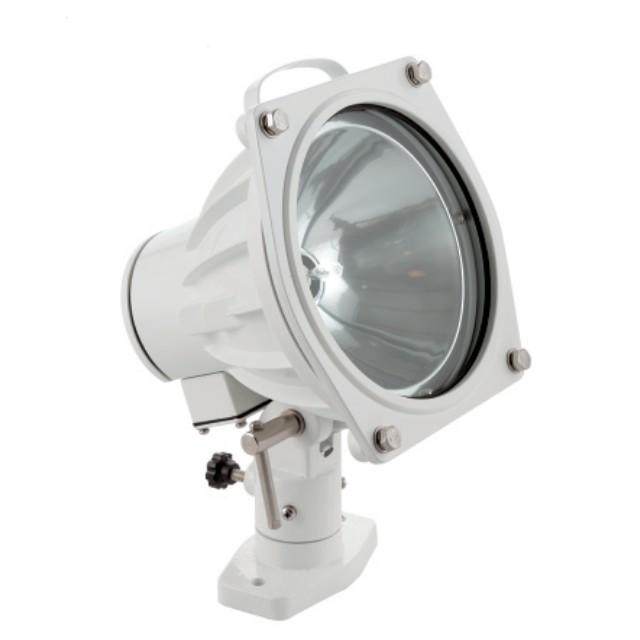
This tight beam pattern makes marine spotlights ideal for pinpointing objects in the dark—such as buoys, floating debris, or even small vessels. The high lux level at a distance ensures that targets are clearly visible even in low-light or foggy conditions.
When navigating narrow waterways or searching for people overboard, a marine spotlight can direct a powerful beam precisely where it’s needed without illuminating unnecessary areas.
Beam Angle Characteristics of Marine Floodlights
In contrast, marine floodlights deliver a wide-angle beam, generally ranging from 60° to over 120°. This produces a soft, evenly distributed light across a large surface area but with limited reach—typically 20 to 50 meters, depending on wattage and elevation.
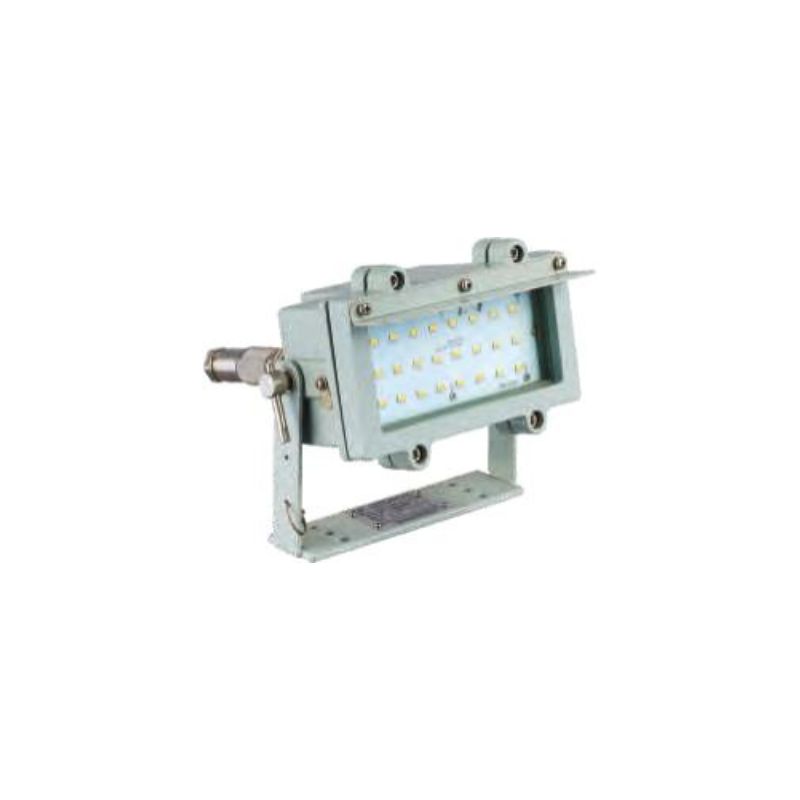
Unlike spotlights, floodlights do not concentrate light into a single point. Instead, they’re designed to eliminate shadows and improve visibility across a workspace. The broad beam is essential for ensuring crew safety during nighttime operations or inspections.
During cargo handling or maintenance tasks at night, a marine floodlight provides full-area visibility, helping to reduce the risk of slips, missed tools, or unsafe movements.
Visual Comparison: Spotlight vs Floodlight Beam
| Feature | Marine Spotlight | Marine Floodlight |
| Beam angle | 5°–15° | 60°–120°+ |
| Distance coverage | Long-range (up to 500m) | Short-range (20–50m) |
| Beam shape | Tight, circular | Wide, semi-oval or rectangular |
| Focus | High-intensity, directional | Low-intensity, area-focused |
| Ideal use | Navigation/search | Work illumination |
This floodlight vs spotlight comparison shows that neither is “better”—they simply serve different lighting needs on a vessel. Spotlights are surgical tools for focused vision; floodlights are broad brushes that paint the deck with light.
Beam Control and Adjustment
Some advanced marine spotlights offer adjustable beam angles or remote-control tilt/pan features, allowing users to fine-tune the beam direction from the helm.
In contrast, floodlights are usually fixed in position, mounted at strategic points to cover standard working areas like decks, stairways, and cargo bays.
Laser or LED marine spotlights may also include optical lenses or reflectors to control beam sharpness and penetration, while floodlights rely more on diffused reflectors to spread light evenly.
Functional Differences
Function drives the selection between these two light types.
Marine spotlights are tailored for navigation, search operations, and obstacle detection. They help identify distant targets, even in rain or fog.
Marine floodlights are the go-to choice for task lighting, such as night-time maintenance, deck operations, or safety checks. Their wide coverage ensures no shadows or blind spots during critical activities.
Each light fulfills a unique role, and using them interchangeably often leads to reduced visibility or operational inefficiencies.
Control System and Mounting Differences
The difference in control and mounting between marine spotlights and marine floodlights is just as important as the beam itself.
Marine spotlights are typically motorized and remotely controlled, allowing operators to pan, tilt, and aim the beam from the bridge. Many models support 360° horizontal rotation and vertical adjustment, making them ideal for navigation, search, and emergency use. This type of system requires more complex installation, including control wiring and waterproof connections.
In contrast, marine floodlights are usually fixed-mounted and manually angled during installation. They are designed for wide, stable area lighting—such as decks, cargo holds, or work zones. Their operation is straightforward: flip a switch and the area is lit. With simpler wiring and no moving parts, floodlights are easier to install and require less maintenance over time.
From a floodlight vs spotlight perspective:
- Spotlights offer precision control and directional lighting
- Floodlights provide broad, consistent illumination with minimal setup
Both play essential roles onboard, but their installation and control systems clearly reflect different purposes.
Power Efficiency and Lighting Behavior
Modern LED and laser-powered marine spotlights are highly efficient, concentrating light into a long-range beam with minimal scatter. They’re optimized for performance in low-visibility conditions and offer excellent beam penetration.
Meanwhile, marine floodlights provide a broad, diffuse light that’s gentler on the eyes and ideal for extended work periods. Their energy usage depends on brightness level and beam width but is typically more evenly spread.
Choosing the right light involves balancing power consumption with task requirements.
Durability in Marine Environments
Both spotlights and floodlights are exposed to harsh elements—salt, moisture, and vibration. However, marine spotlights, especially those with motors or laser optics, often require enhanced sealing, anti-corrosion materials, and shock protection.
Marine floodlights tend to be more rugged and lower maintenance, making them well-suited for frequent-use environments like cargo decks or fishing boats.
Application Summary: Floodlight vs Spotlight
To better understand when each light type is most effective, consider the following use cases:
| Application | Recommended Light | Reason |
| Night navigation | Marine Spotlight | Focused beam reaches distant obstacles |
| Man overboard/search | Marine Spotlight | Pinpoint accuracy during emergencies |
| Docking assistance | Marine Floodlight | Illuminates surroundings and nearby structures |
| Deck operations | Marine Floodlight | Wide coverage enhances work safety |
| Patrol or inspection boats | Both | Combined use improves versatility and safety |
Conclusion
Recognising the real difference between marine floodlights and marine spotlights enables vessel operators to make smarter and safer lighting decisions. Spotlights are usually used for directional marine navigation, while floodlights mark broader marine work areas, covering beyond the safety of crew members.
It can be said that with regard to floodlight vs spotlight, the best solution is sometimes a combination of both, with each serving a particular purpose. Proper lighting strategy enhances safety and effectiveness in almost all marine operations, regardless of conditions at sea.
